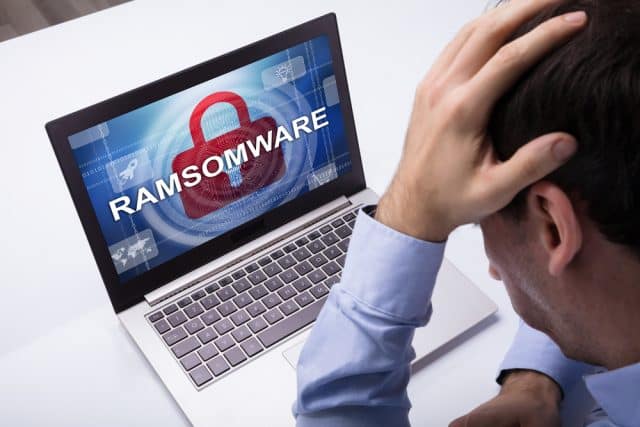Is detection of ransomware the key solution for small business rather mitigation?

According to Checkpoint Research, ransomware attacks have surged significantly, hitting a double-digit increase of 93 percent year-on-year. As of June 2021, the number of organizations impacted by ransomware has risen to 1,210. This exponential rise is also attributable to the migration to remote work globally. The amount paid by victims of these attacks has increased by almost 300 percent in 2020 alone
These staggering statistics paint a grim picture of the security threat that companies face. As early as July 2021, as many as 1,500 businesses world-wide have been affected by ransomware attack -- REvil. The group has reportedly used Kaseya IT software as backbone for this notorious attack. Around $70 million dollars were demanded from the affected companies to restore business data. The companies that majorly came under the radar were supermarkets, IT companies -- primarily small to medium sized, schools and kindergartens
What does this mean for small businesses? Is there a need to invest heavily in cyber security along with other investments in automation and innovation. For companies that have already increased adoption of software solutions and rely heavily on accounting software and other customer management programs, setting budgets for cyber-security might not be an issue. However, not all companies fall in the same basket and there are still apprehensions when it comes to increasing awareness and taking steps to avoid cyber issues which could be either due to lack of budget or dedicated IT departments.
To overcome this issue, here are a few steps that are not mitigation strategies but rather ransomware detection steps, to stop the problem before it even starts.
Taking Ransom out of Ransomware
Cyber risk assessment
Small businesses need to conduct an overall cyber risk assessment to understand existing gaps. These gaps could be due to relations with third parties, lack of strong security checks and authentications. This would not be a one time exercise but rather an ongoing process. Most often companies do not have the budget to implement an enterprise-wide grade security system in such a case there needs to be an asset hierarchy mapping in terms of their risk profile. After understanding the ordering and mapping of each asset based on their risk breach, a resilience plan can be created.
Predictive analytics
For proactive detection, Unitrends has created a unique approach to detect malware under which as backups are performed by unitrend appliances, the predictive analytics engine analyzes the data stream. Probabilistic methodology is applied to the data stream to identify any anomaly and match behaviors that would represent if a system has been affected by ransomware. An outlier pattern is generated which is applicable to both physical and virtual assets. Therefore, this stops the problem from occurring before it starts.
Anti-Ransomware Techniques
Antivirus, designed to run in the background, uses behavior monitoring techniques to detect threats based on its character and behavior. These programs don't compare files to any known threat but gauges if a file is showing suspicious behavior, it will be identified as a threat.
Sandboxing is another technique through which anti-malware isolates the suspected file and holds the file in a sandbox post which they are instantly removed.
Create Honeypots
One of the most effective security measures which is often used to confuse cybercriminals by diverting attention away from the actual targeted data file. Using a honeypot means creating a fake file repository or a server which looks like a replica of the legitimate source to an outsider. In this way, companies can protect their files and rapidly detect ransomware.
Bottomline
According to experts, there is an estimated 41 percent likely increase in attacks in 2021 and another double digital growth during the year. Given these staggering numbers, there is a need to be ever responsive to these attacks and create a cybersecurity roadmap for your small business. It is never too late to understand existing loopholes and devise sound strategies to avoid losing key data. Along with this, there should be an organization-level awareness campaign to help understand the nature of these risks and how they impact an organization. Cybersecurity insurances would also be a mitigation solution in case you have deep pockets.
Image credit: AndreyPopov/depositphotos.com

Peter Davidson works as a senior business associate helping brands and start ups to make efficient business decisions and plan proper business strategies. He is a big gadget freak who loves to share his views on latest technologies and applications.
